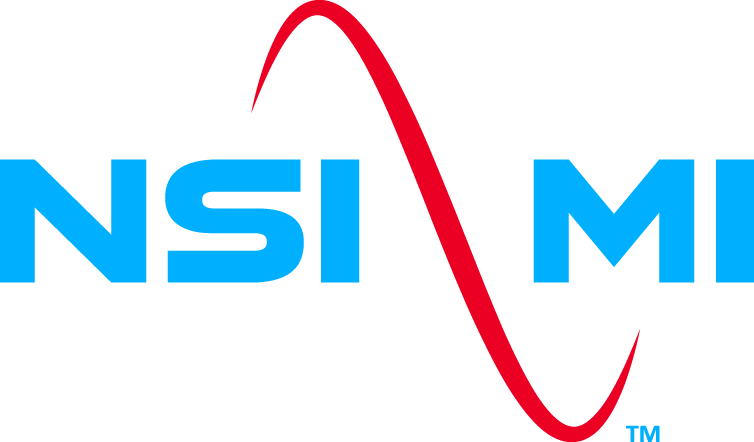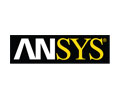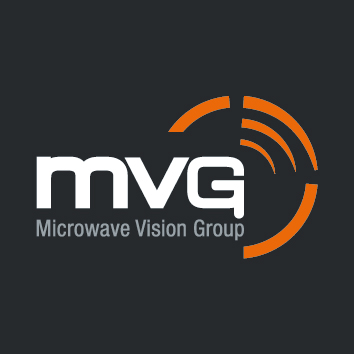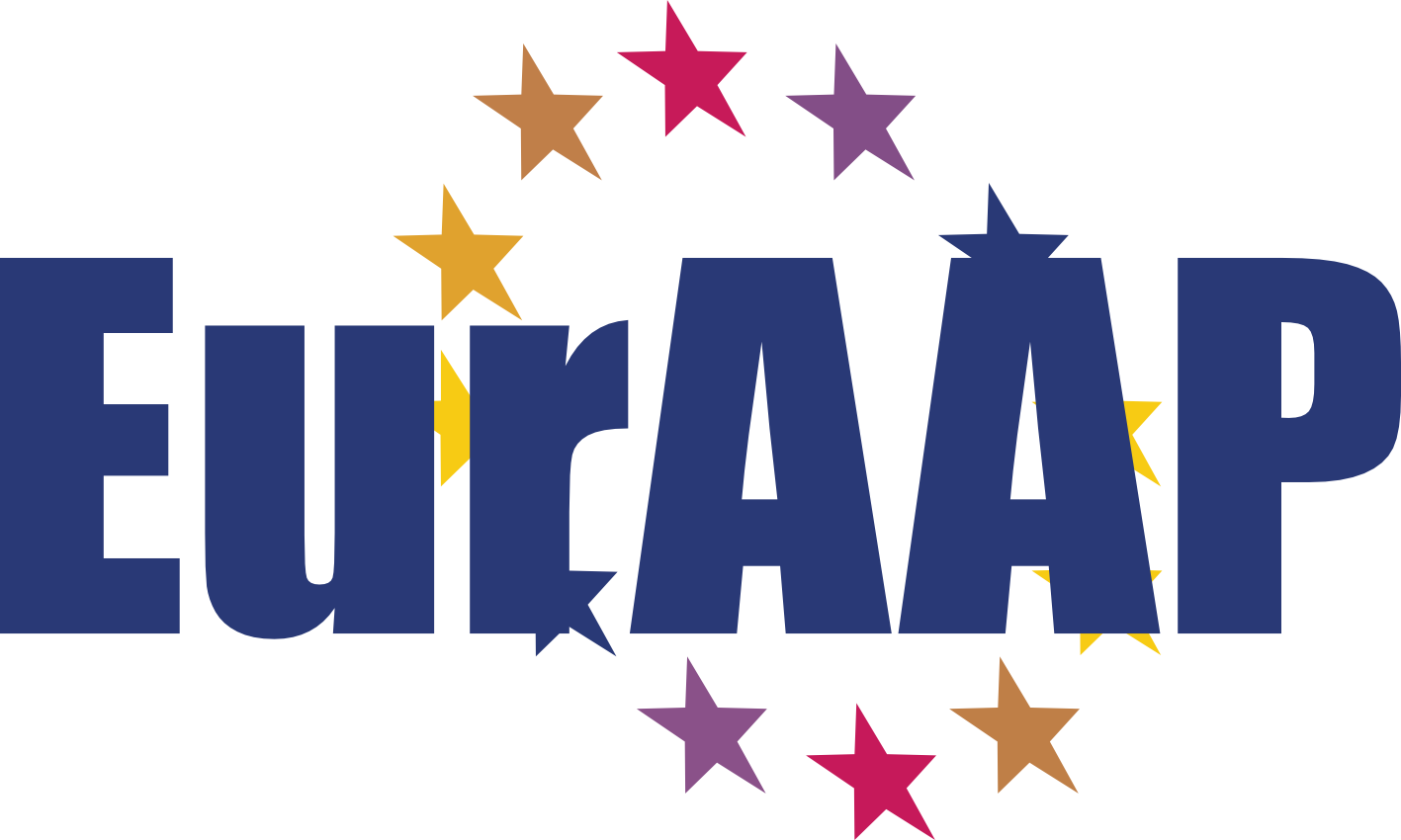User antennas for internet everywhere via satellites
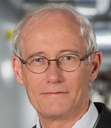 Gerard Caille
Gerard Caille
SEE Midi-Pyrenees, France
He is graduated from Ecole Polytechnique (Paris) and ENSEEIHT (Electronics & Telecom in Toulouse), microwave option
His industrial career occured within Alcatel, then Thales group, Space Divisions.
He was first design engineer for satellite active antennas (space SAR and telecom), then manager of the Active Antennas group
At the end of his career, he was responsible for the Advanced Antennas Research in Thales Alenia Space, and company Expert for Active Antennas; retired in January 2015; he is now board member of SEE* Midi-Pyrenees, and teaches in several engineers schools & learning courses for engineers.
His contributions to the design of first European active antennas in Space, STENTOR & ASAR was decisive; and he was expert for SKYBRIDGE project (worldwide internet via LEO satellites), both for satellite antennas, and User terminal ones
He managed the Array Antennas activity within ACE (Antenna Centre of Excellence, 2002-2008), led several consortia for ESA or European Commission (FP5, FP7,H2020)
He is the main author of a dozen of approved patents concerning antennas for Space systems, on-ground & on-board, 2 of them implemented in presently flying space antennas.
He performed numerous tutorial talks at JINAs (Journées Internationales de Nice sur les Antennes) from 1990 to 2004, organised Array Antenna sessions at EuCAP 2006-2007; and delivered oral presentations at most EuCAP conferences until 2014.
*SEE: Société de l’Electricité, l’Electronique, des Techniques de l’Information et la Communication.
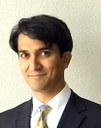 Nelson J. G. Fonseca
Nelson J. G. Fonseca
European Space Agency, The Netherlands
He received the M.Eng. degree from ENSEEIHT, Toulouse, France, in 2003, the M.Sc. degree from the Ecole Polytechnique de Montreal, Quebec, Canada, also in 2003, and the PhD degree from Institut National Polytechnique de Toulouse, France, in 2010, all in electrical engineering.
He worked as an Antenna Engineer successively with the Department of Antenna Studies, Alcatel Alenia Space (now Thales Alenia Space – France), and also with the Antenna Section, French Space Agency (CNES), Toulouse, France, where he completed his PhD degree in parallel of his professional activities. In 2009, he joined the Antenna and Sub-Millimetre Wave Section, European Space Agency, Noordwijk, The Netherlands.
He has authored or co-authored more than 150 papers in peer-reviewed journals and conferences. He contributed to 18 technical innovations, protected by over 30 patents issued or pending. His current research interests cover multiple beam antennas for space missions, beam-formers theory and design, as well as metamaterials and additive manufacturing applied to antenna design.
Dr Fonseca is serving or served as a TPC member in several conferences, including the recent EuCAP 2015. He served or is currently serving as a technical reviewer for several journals, including the IEEE Transactions on Antennas and Propagation (TAP) and the IET Microwaves, Antennas and Propagation.
Abstract outline
Internet access everywhere is a fundamental need nowadays, and satellite systems play a specific role in all cases where terrestrial networks cannot offer a reliable connectivity. Efficient while low-cost terminals for users connected to satellites are compulsory, and this is finally one of the main condition for the viability of such systems. In the user terminal, its antenna front-end is the most critical sub-system, as in most cases it requires that a directive beam tracks one (or 2) satellite(s) over a very wide field-of-view, because either the user or the satellite is moving or even both simultaneously.
Trading the best solutions, building innovative efficient designs is a stringent challenge for antenna engineers. We will review designs based on electronic or mechanical steering, hybrid solutions (combining mechanical and electronic steering), and new concepts applied to these missions.
Course outline
The short course will consist of slides presentations (alternating the 2 teachers), with the following content:
1/ Need for satellite systems enabling internet access anywhere in the world:
- where there is no efficient terrestrial network: small isolated, rural areas in most developed countries, and large ones in the 3rd world
- during long-travels in airplanes, high-speed trains, trucks, camping-cars …
2/ Overview of various satellite systems enabling such ubiquitous internet access:
with few GEO* satellites, tens in MEO*, hundreds to thousands in LEO* ; present systems and those under-development ; in L, X, Ku, Ka bands ; comparing available overall throughput and constraints for the users.
3/ Technical challenges for User antenna front-end’s connecting to such systems; they should combine high performances and low cost as consumer products:
- Simple but very cheap TX/RX front-end’s for fixed users linked with GEO satellites
- Requiring to steer/scan their beam over a wide field-of-view for mobile users (on vehicles, aircrafts…); with added difficulty for most Ku-band systems, requiring linear polarisation alignment.
- Adding for users connected to MEO or LEO satellites, the need to switch instantaneously from one satellite of the constellation to another (handover).
4/For each application (aeronautical, maritime, land-mobile), we will detail the various options for the antenna front-end:
- mechanical steering or full-electronic scanning
- hybrid antennas, combining mechanical steering over large angles, especially in azimuth, and electronic scanning within smaller angular domains, as in elevation and for fine tracking in both dimensions);
- innovative concepts: metamaterial-based, VICTS*, variably-biased liquid crystals, retro-directive antennas …
We will present the best state-of-the-art worldwide:
- developments funded by ESA, and on-going in US (Thinkom, Kymeta …) and Japan,
- addressing also briefly the technologies for amplifiers and control devices, part of the antenna front-end.
5/ We will conclude on the main trends, letting place to an open discussion between participants.
*GEO: Geostationary Earth Orbit, MEO: Medium Earth Orbit; LEO Low Earth Orbit; VICTS: Variably Inclined Continuous Transverse Stubs.

